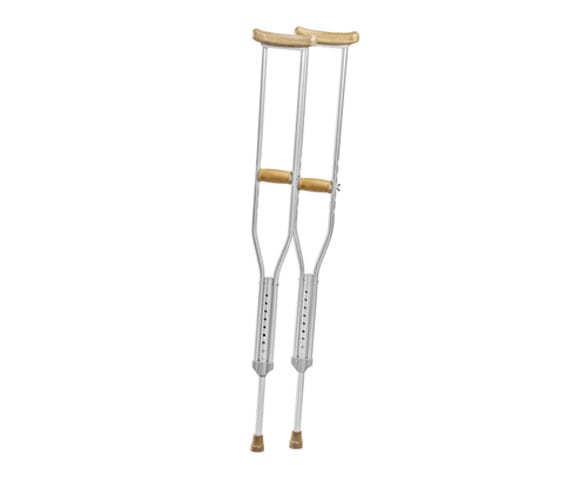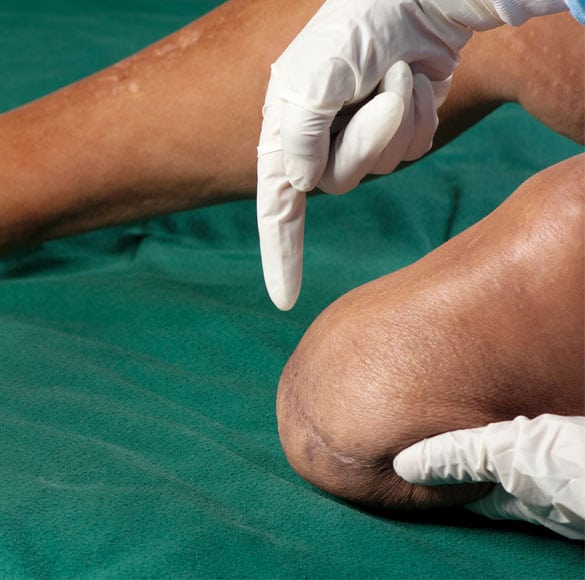
Learn more about Phantom Limb Pain and how Los Angeles Pain Associates can manage your symptoms.
Phantom limb pain occurs when pain appears to come from a part of the body that has been removed. The condition is most often associated with the amputation of an arm or leg, but it can also occur when breasts or other body parts are removed.
- Episodes can last anywhere from a few minutes to several days
- Some experience some degree of phantom limb pain for years
- Typically more frequent and intense during the first six months following amputation
CONTACT US TODAY
Causes of Phantom Limb Pain
Initially, phantom limb pain was thought to be a psychological problem. Although the exact cause is still not completely understood, most experts believe that phantom limb pain originates in the brain and spinal cord as the brain attempts to remap nerve signals from the missing limb. Other factors, such as scar tissue or nerve damage from the surgery, may also contribute to phantom limb pain.
Symptoms of Phantom Limb Pain
The type of sensation produced by phantom limb pain is not the same for everyone. For example, the pain may be perceived as burning, crushing, shooting, twisting, or as an electric shock. A less severe form of the condition, known as phantom limb sensation, may cause feelings of itching, vibration, movement, pressure, or temperature change from the missing limb. Certain activities may trigger phantom limb pain, including:
- Smoking
- Straining during urination or bowel movements
- Changes in temperature or barometric pressure


Risk Factors for Phantom Limb Pain
Individuals who experienced significant pain in a limb prior to amputation are more likely to experience phantom limb pain. This may be the result of the brain retaining the memory of the pre-surgical pain and continuing to send pain signals. Individuals with stump pain caused by damaged nerve endings typically also experience phantom limb pain. An artificial limb that does not fit properly may irritate nerve endings and contribute to phantom limb pain.
Treatments for Phantom Limb Pain
The treatment of phantom limb pain typically involves medications to relieve the nerve pain and non-invasive therapies to mask and disrupt pain signals. Common drug therapies for phantom limb pain include antidepressants and anticonvulsants to quiet the nerves and modify the neurotransmitters that relay pain signals. Opioid pain medications may be an option for some individuals, but they should only be used under a doctor’s direction in appropriate doses because of the potential side effects and risk of abuse. Transcutaneous nerve stimulation therapy is a non-invasive technique that uses electrical impulses to prevent pain signals from reaching the brain. Acupuncture may trigger the release of natural painkillers called endorphins that may help alleviate phantom limb pain. Some patients also experience relief after performing exercises using a mirror box that tricks the brain into thinking that the missing limb actually exists and is moving.

